The Pause that Refreshes 22 April 2009
_____
A few days ago, after several long, hot hours of looking at buildings, my friends and I were thirsty. This was understandable. We had driven from Los Feliz to Watts in 95º heat and then from Watts to downtown in 100º heat.
Viewing Simon Rodia’s towers meant total exposure, so the shadowy depth of the public plaza of Thom Mayne’s Cal Trans District 7 Headquarters offered welcome respite. Unfortunately, because it was Sunday the café was closed and we couldn’t even take our ease in the shade because a security guard told us it was state property.
So much for bold civic gestures; I decided not to ask if he had a water fountain.
We got back in the car and headed west on First Street towards the 110. The sun hitting the stainless steel skin of the Disney Concert Hall gave me a headache. (Gehry buildings often give me headaches. I felt awful at Bilbao, but that might have been the lamb I had for lunch.)
The headache made me thirstier; the jammed freeway ahead of us only made things worse. We decided to take the surface roads in search of a more picturesque route and a watering hole.
The picturesque appeared as we turned onto North Fremont Street and confronted an abandoned stair in a pyramidal mound. What unexpected monument was this? Had it wandered north from Teotihuácan or Chitzén Itzá? What was its purpose? Was there a viewing platform at the top? Was this a designated scenic point of a uniquely Los Angeles sort? Even unofficially, it would surely offer an excellent prospect of the Harbor Freeway. Plus, the chain link fence was already rent and there wasn’t much trash piled inside. It seemed sensible to pull over and have a look.
My companions thought this was a terrible idea. I was perplexed; this was the sort of thing we did frequently in Newark (the place is lousy with abandoned stairs). Then, it occurred to me that when you spend most of your time with architecture adventurers, or architecture undergraduates who have no choice, such activities seem normal. I was having another Reyner Banham moment: “We cheer up on entering wastelands that turn off everybody else,” he wrote in 1982 of Bayonne, New Jersey. I was on the opposite coast 27 years later but, as usual, his observation was spot on. I relented, but only because I was still thirsty.
Presently we turned onto Sunset Boulevard, confronting many more Sunday-shuttered storefronts than I would have imagined. As we reached Echo Park our luck changed. Though the little corner market seemed more liquor store than grocer, the inside of the place was lined with beckoning glass fronted coolers.
In the interest of hydration we should have headed straight for the bottled water, but we had Coca-Cola on our minds, kosher coke to be specific, the kind that makes its appearance in major urban centers every spring just in time for Passover.
Now, the last time I drank a Coca-Cola was in 1987, the year I graduated from college. I was never much of a soda drinker, but I had great affection for the coke machine in my dorm. Dorms at Smith are mostly old houses and their basements (at least back then) were unfinished and filled with decades’ worth of transient accumulation. Mine had a particularly dark and dingy back room, one I would have avoided but for that machine. It was a hulking refrigerated box, all red and white enameled steel, with a compressor that ran constantly, making a dreadful whirring din.
In the mid-eighties, the soda wars were just heating up. Coke had introduced its infamous “new” formula in 1985 but bottlers in Western Massachusetts were slow to adapt. So when I went to the coke machine in the basement I knew I was getting “the real thing”–a coke made with cane sugar. The mechanical groaning and thumping required to eject a small bottle of highly chilled soda were proof of authenticity.
The bottle itself was equally authentic–one of those contoured glass cylinders Raymond Loewy redesigned in the 50s or 60s with swoopy, curved ridges and raised letters. Plus the thick rounded glass of the bottle’s neck was undeniably appealing in a Freudian-oral-fixation sort of way. In 1991 when Madonna gave a bottle a blow job in Truth or Dare it was easy to understand the impulse. Though she wasn’t drinking a coke, Loewy would still have approved.
I don’t remember that I consciously stopped drinking coke after college, but I’m guessing it accompanied a growing interest in health and exercise. It probably also accompanied a growing fastidiousness about design. By the time I know I was deliberately avoiding soda it was because I couldn’t stand the sickening sweetness of corn syrup and because I didn’t like the aesthetics of the aluminum can.
I’ve long since started drinking soda again, but only if it’s made with sugar and bottled in glass. And this is why I’ve never been tempted by kosher coke; it’s got the sugar but, in New York at least, it is only available in plastic jugs and tin cans.
My friends were convinced that in L.A. we were going to find the stuff in glass because coke is always available in glass in the Southland. We were optimistic as we headed towards the soda section in the back of the store. The coke display required two sides of an aisle, so numerous were the coke varieties. Glass bottles gleamed in the florescent light, but no kosher for passover “P” appeared on the labels and further investigation revealed, sadly, nothing but corn syrup.
As we were walking away, dejected and still thirsty, we noticed another section of coke in glass bottles. We stopped to take a closer look at the stamped on label: Coca-Cola MR, REFRESCO CONT. NET. 355 ml NO RETORNABLE HECHO EN MEXICO. The ingredients were listed in English and Spanish on a separate paper label. The first ingredient was carbonated water; the second ingredient was sugar.
We bought a few bottles and I took a sip in the entrance to the store. I had no Proustian moment but reflected instead on the fact that soda never quenches my thirst. Still, the Mexican coke gave me pause and made me remember the tonic I drank in India. Made with real sugar and a fair amount of real quinine, it actually tasted like its name. To get the same thing in America I have to spend four times what a bottle of Schweppes or Canada Dry costs and make a special trip to a fancy store. I stood there for a while contemplating slow food and the end of empire and then realized the bottle in my hand was starting to sweat. I drained the bottle before the Mexican coke got warm.
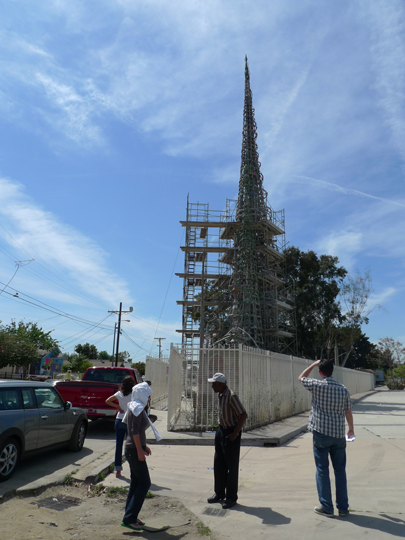
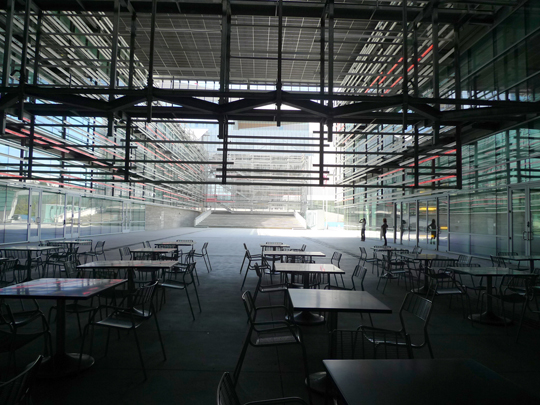
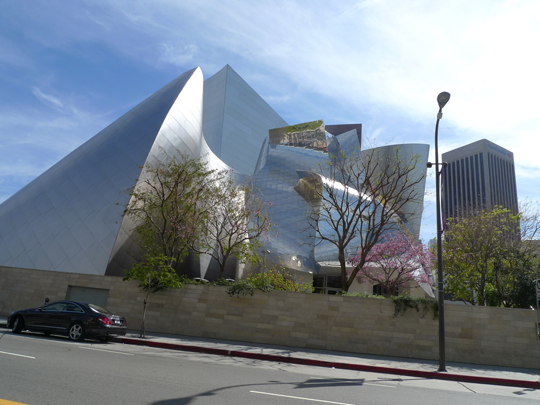
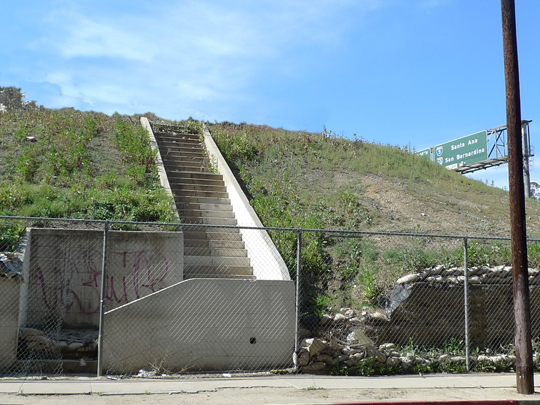
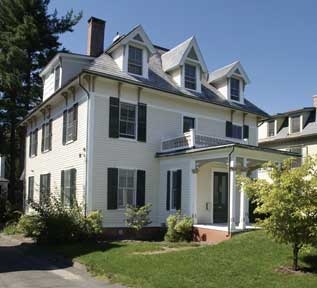
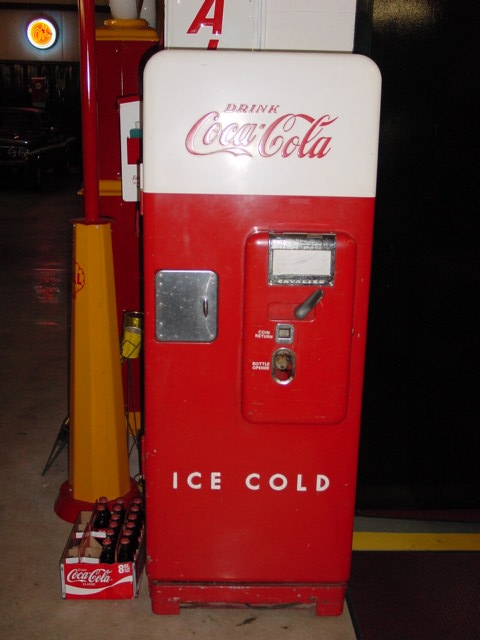
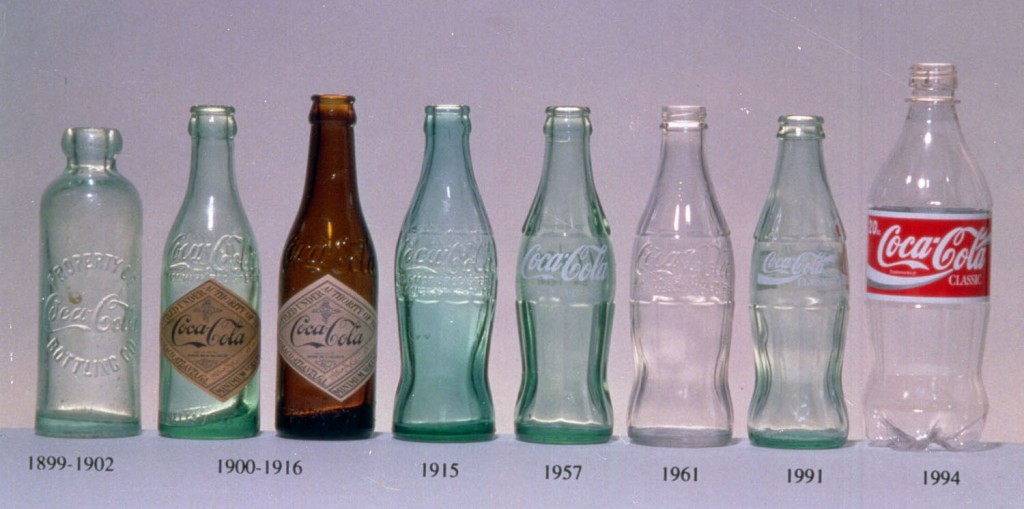
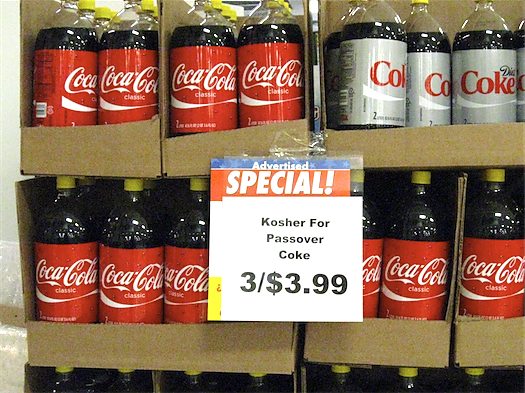
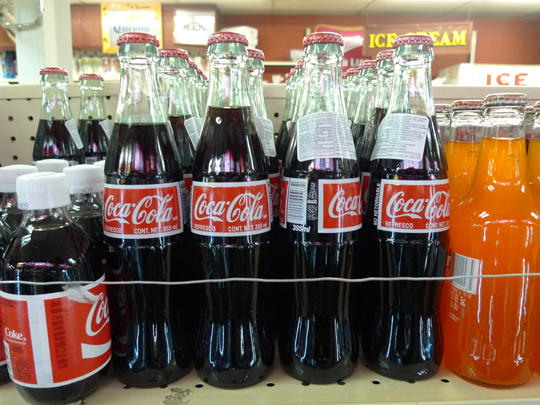
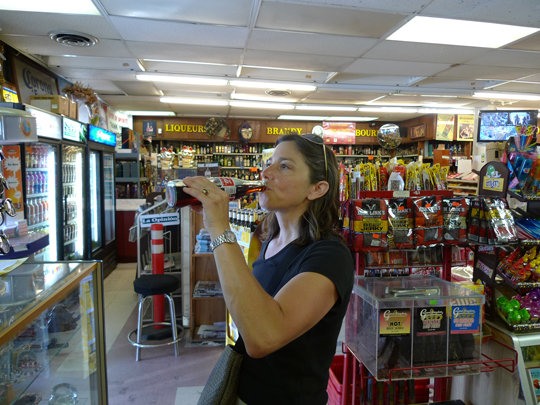

Leave a Reply
You must be logged in to post a comment.